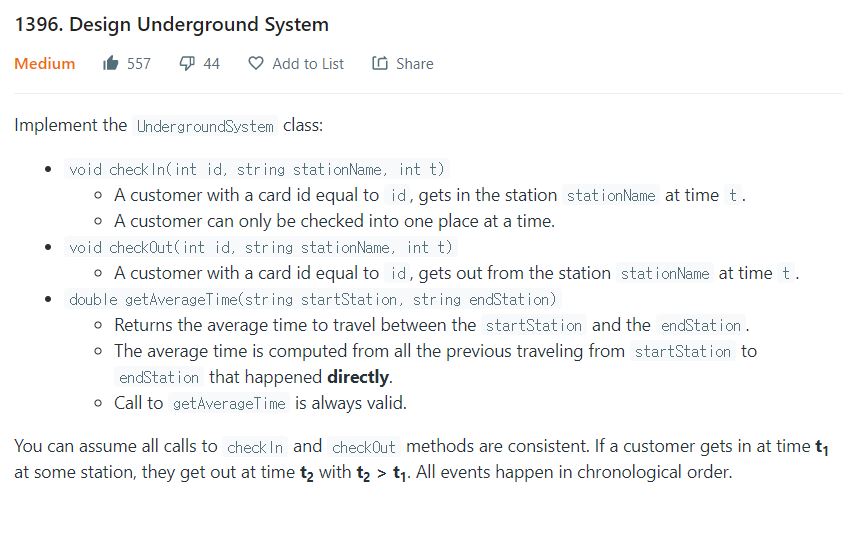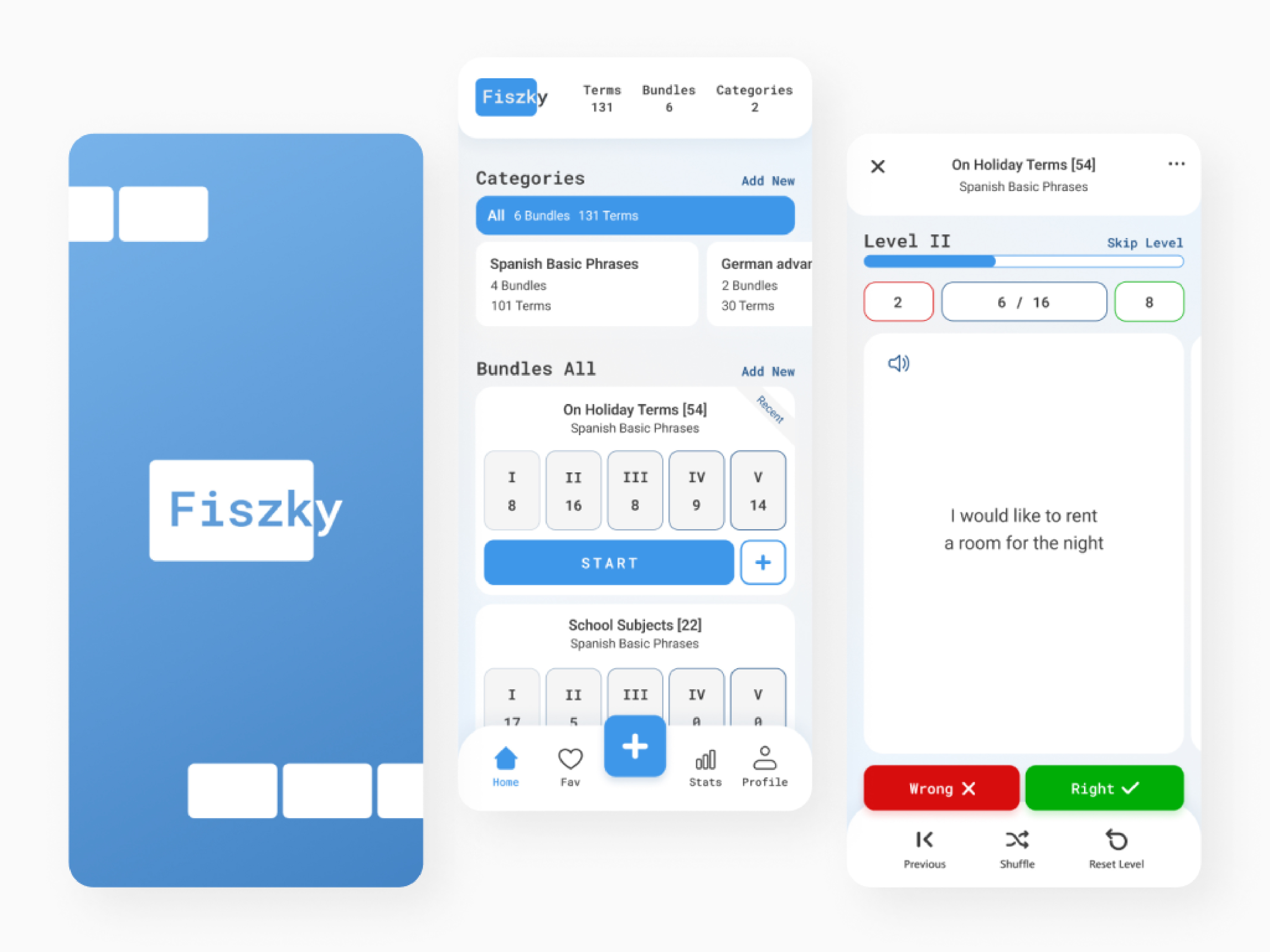Table Of Content

You can mention CDNs, S3 CloudFront, and spend a few minutes explaining how it works and note that they are cheap and low latency. Problem statements and the leaderboard can be handled by a single server with an estimate of most likely under 1000 QPS. Distributed Hash Table (DHT) is one of the fundamental components used in distributed scalable systems. Hash Tables need a key, a value, and a hash function where hash function maps the key to a location where the value is stored. When all the other components of our application are fast and seamless, NoSQL databases prevent data from being the bottleneck.
Application caching

Write-through is a slow overall operation due to the write operation, but subsequent reads of just written data are fast. Users are generally more tolerant of latency when updating data than reading data. Only requested data is cached, which avoids filling up the cache with data that isn't requested. In a graph database, each node is a record and each arc is a relationship between two nodes.
Application layer
Clients can retry the request at a later time, perhaps with exponential backoff. In-memory caches such as Memcached and Redis are key-value stores between your application and your data storage. Since the data is held in RAM, it is much faster than typical databases where data is stored on disk. RAM is more limited than disk, so cache invalidation algorithms such as least recently used (LRU) can help invalidate 'cold' entries and keep 'hot' data in RAM.
(PDF) Artificial Intelligence versus Software Engineers: An Evidence-Based Assessment Focusing on Non-Functional ... - ResearchGate
(PDF) Artificial Intelligence versus Software Engineers: An Evidence-Based Assessment Focusing on Non-Functional ....
Posted: Thu, 06 Jul 2023 07:00:00 GMT [source]
Databases and Storage Systems
This added layer of complexity in the interviews for principal software engineers is reflective of the pivotal role they play in driving innovation and technological excellence within the company. System design interview questions are asked to understand how a candidate thinks about complex problems, how well they communicate their ideas, and how well they collaborate with others. Caches can exist at all levels in architecture, but are often found at the level nearest to the front end where they are implemented to return data quickly without taxing downstream levels. To utilize full scalability and redundancy, we can try to balance the load at each layer of the system. Redundancy has a cost and a reliable system has to pay that to acheive resilience for services by eliminating every single point of failure.
Disadvantage(s): reverse proxy
These wouldn’t change often and are accessed quite frequently, so we would want to load them first. For our leaderboard, we wouldn’t want to cache the whole leaderboard (every single user submission ranking) but only the top N submissions. Consistent hashing is a very useful strategy for distributed caching system and DHTs. It allows us to distribute data across a cluster in such a way that will minimize reorganization when nodes are added or removed. Hence, the caching system will be easier to scale up or scale down. The Load Balancer can be a single point of failure; to ovecome this, a second load alancer can be connected to the first to form a cluster.
what are good resources for system design?
By doing this, a candidate can transform their proposed solution from a jumbled mess of priorities that is just passable at an L4 into a strong L5 hire. To remove a cache or, if a cache fails, say A, all keys that were originally mapped to A will fall into B, and only those keys need to be moved to B; other keys will not be affected. To add a new server, say D, keys that were originally residing at C will be split.
Pull CDNs minimize storage space on the CDN, but can create redundant traffic if files expire and are pulled before they have actually changed. Push CDNs receive new content whenever changes occur on your server. You take full responsibility for providing content, uploading directly to the CDN and rewriting URLs to point to the CDN.
We hope this "System Design Cheat Sheet" serves as a useful tool in your journey towards acing system design interviews. Remember, mastering system design requires understanding, practice, and the ability to apply these concepts to real-world problems. This cheat sheet is a stepping stone towards achieving that mastery, providing you with a foundation and a quick way to refresh your memory. As you delve deeper into each topic, you'll discover the intricacies and fascinating challenges of system design. Polling is a standard technique used by the vast majority of AJAX applications. The basic idea is that the client repeatedly polls (or requests) a server for data.

Serviceability or manageability is the simplicity and speed at which a system can be repaired or maintained; if the time to fix a failed system increase then the availability decreases. I.e some enterprise systems can automatically call a service center (without human intervention) when the system experiences a system fault. While the addition of the queue is likely overkill from a volume perspective, I would still opt for this approach with my main justification being that it also enables retries in the event of a container failure. This is a nice to have feature that could be useful in the event of a container crash or other issue that prevents the code from running successfully.
How I interviewed for 5 top companies in 5 days and got job offers from all of them - Tech in Asia
How I interviewed for 5 top companies in 5 days and got job offers from all of them.
Posted: Mon, 30 Oct 2017 07:00:00 GMT [source]
A wide column store's basic unit of data is a column (name/value pair). A column can be grouped in column families (analogous to a SQL table). You can access each column independently with a row key, and columns with the same row key form a row. Each value contains a timestamp for versioning and for conflict resolution.
There is no right or wrong answer here, weighing the pros and cons of each approach is really the key in the interview. Great resource, not only for system design preparation, but also for tackling design problems at work. Every second of the videos is informative, and you can see that the author really put a lot of time and effort into making this course.
It is the process of splitting up a DB/table across multiple machines to improve the manageability, performance, availability, and load balancing of an application. The justi cation for data sharding is that, after a certain scale point, it is cheaper and more feasible to scale horizontally by adding more machines than to grow it vertically by adding bee er servers. Under this scheme, data is written into the cache and the corresponding database at the same time. The cached data allows for fast retrieval and, since the same data gets written in the permanent storage, we will have complete data consistency between the cache and the storage. It helps spread the traffic across a cluster of servers to improve responsiveness and availability of applications, websites or databases.
Feel free to contact me to discuss any issues, questions, or comments. This is useful with DHCP because the client has not yet received an IP address, thus preventing a way for TCP to stream without the IP address. Tasks queues receive tasks and their related data, runs them, then delivers their results. They can support scheduling and can be used to run computationally-intensive jobs in the background.
In the actual interview, this can be as simple as a short list like this. Just make sure you talk through the entities with your interviewer to ensure you are on the same page. You can add User here too; many candidates do, but in general, I find this implied and not necessary to call out. Every second of the videos is informative, and you can see that the author really put a lo...
In a typical CDN setup, a request will first ask the CDN for a piece of static media; the CDN will serve that content if it has it locally available. Load balancers shouly only forward requests to healthy backend servers. Health Checks ensure if the server is actually responding appropriately.














